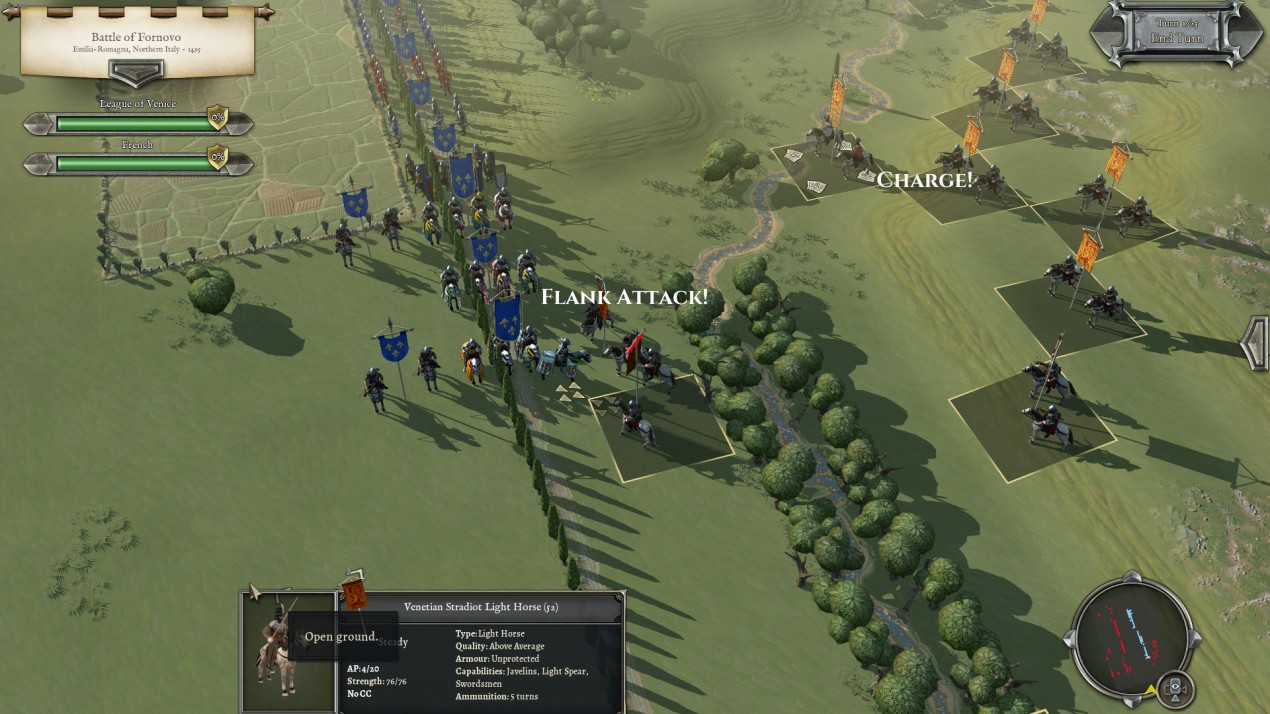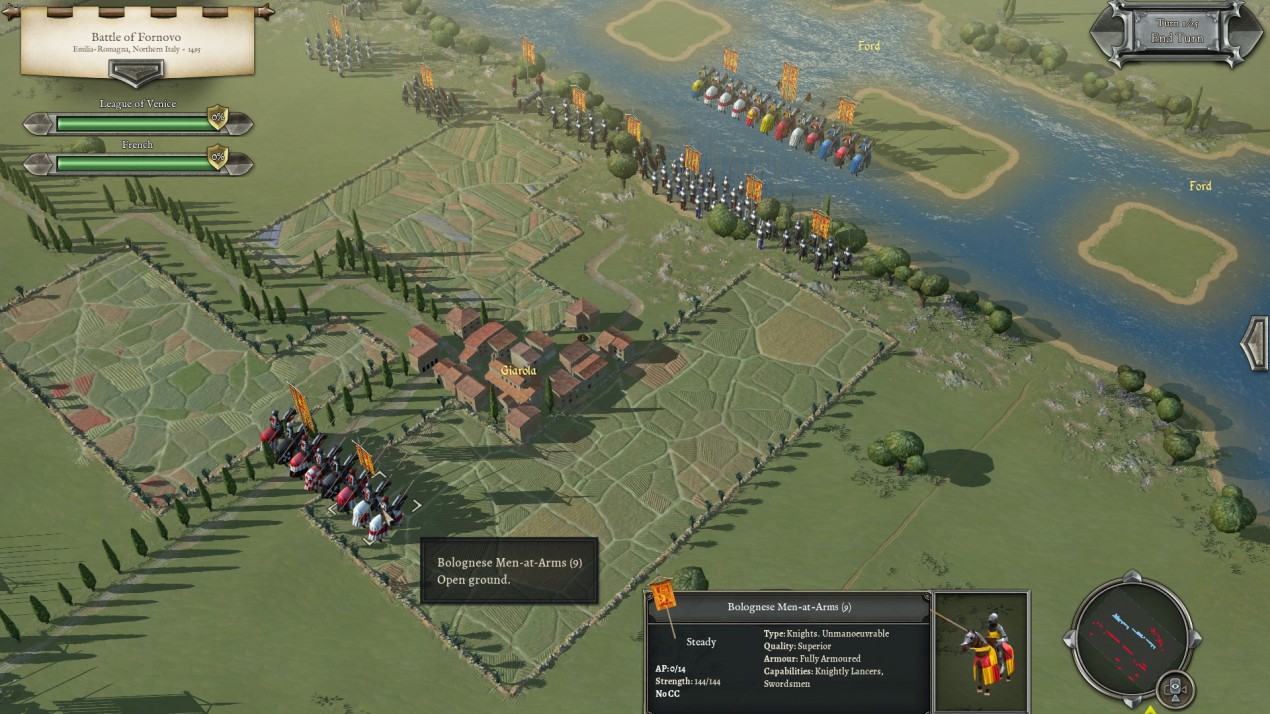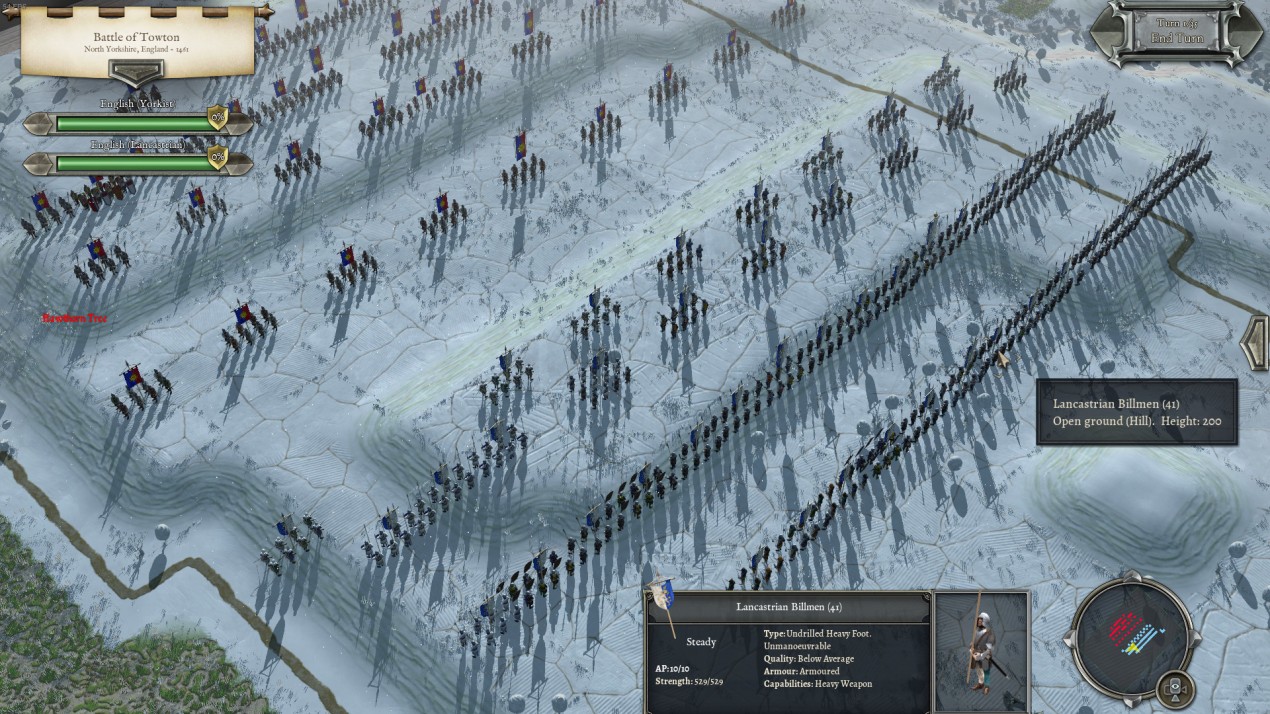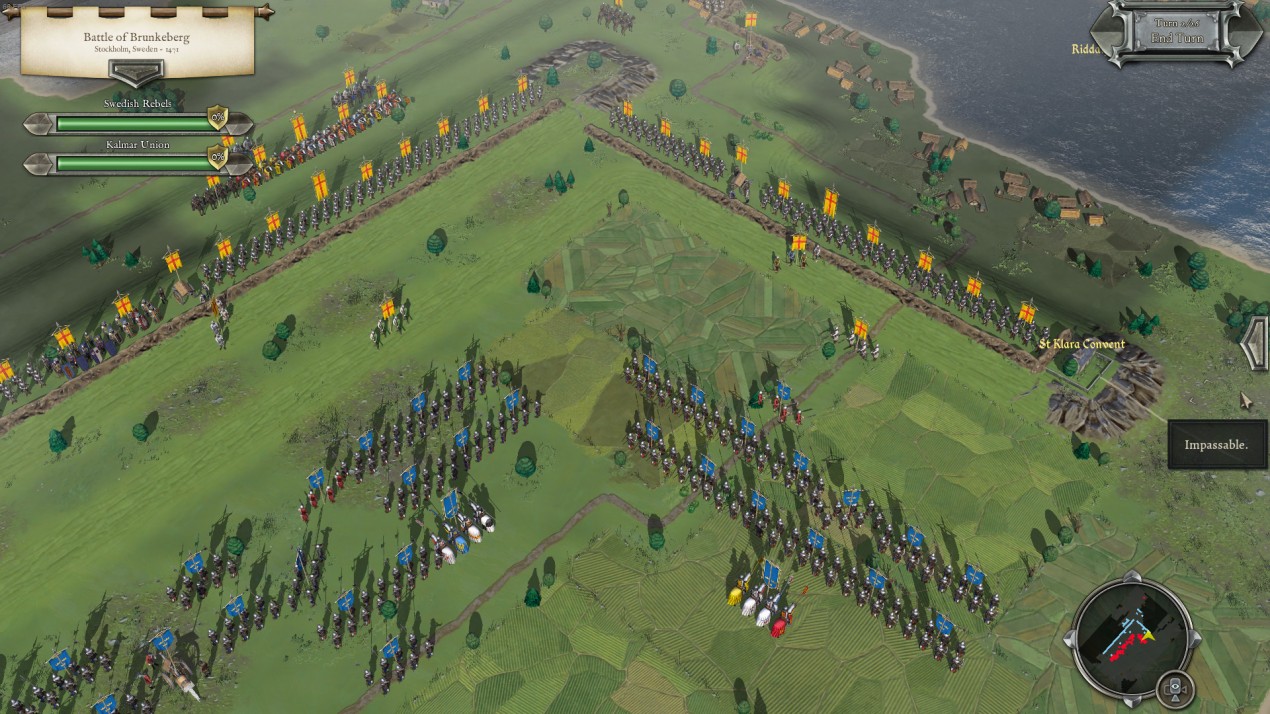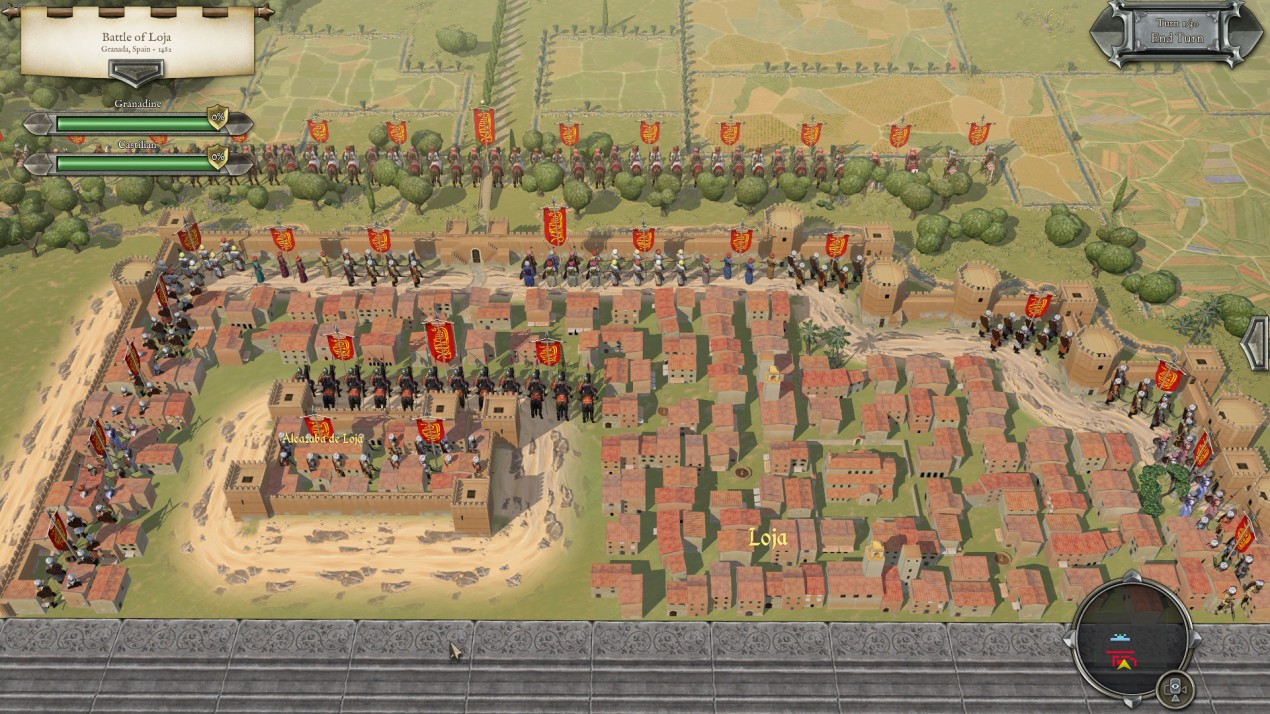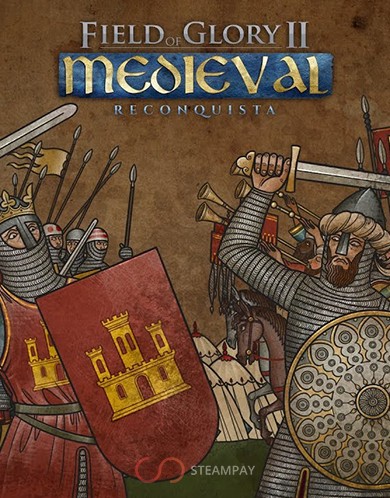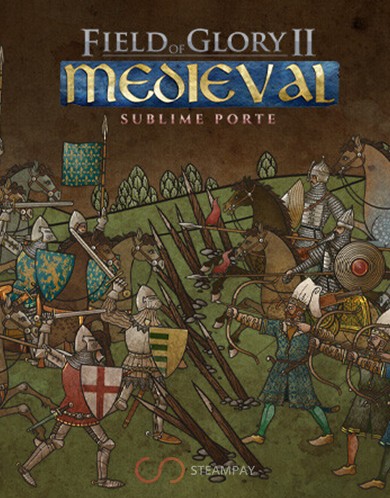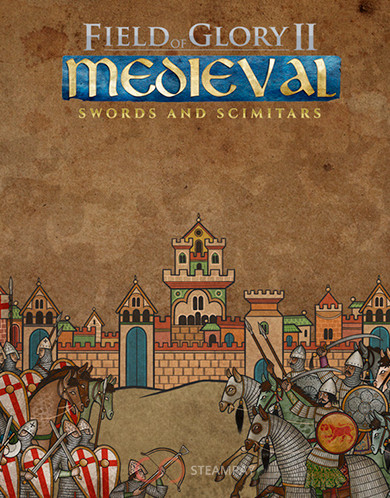From the late 1300s, some Swiss began to carry the long pike, initially as a secondary weapon, with the bulk of the soldiers still carrying the halberd. In 1422, a small Swiss army was defeated at Arbedo by a Milanese army containing a large number of men-at-arms who had dismounted after their initial mounted charge had failed. It was noted that pikemen were better at dealing with mounted skirmishers than halberdiers, due to the longer range of their weapons.
From this time onwards, the proportion of pikemen in Swiss armies steadily increased, so that by the end of the 15th century, the weapon was dominant. The halberd was retained by a small number of experienced soldiers to protect standards and to break enemy lines if the pikemen’s advance was stopped.
The new Swiss system was a resounding success on the battlefield: they won the Burgundian Wars, defeated the Holy Roman Empire in the Swabian War, and as mercenaries became a key component of the armies of the French king Charles VIII in Italy. The pikemen were soon adopted in many Western European countries, notably in Germany as the famous “Landsknechts”.
In Bohemia, war broke out between the followers of Jan Hus, a proto-Protestant religious reformer, and the Catholic royalists. The Hussites were mostly commoners, and had few nobles to provide heavily armed infantry. To counter the Royalists’ advantage in heavy cavalry, they adapted simple farm wagons into “wagenburgs”, mobile fortresses from which Hussite soldiers could fight. These were primarily defensive weapons, although at the Battle of Kutna Hora in 1421 they were used to break through a Royalist army.
In Spain, the Reconquista was finally completed when the Kingdom of Granada was conquered in 1492. Here, the armies of Castile and Aragon also adopted the pike, but Castile also revived the use of men with swords and buckles in imitation of the ancient Roman legionaries.
In England, a series of wars took place between the Lancastrian and Yorkist branches of the Plantagenet royal family. Today, they are known as the Wars of the Roses. Here the battlefield was still dominated by longbowmen and mounted archers, although mercenary pikemen were hired for some campaigns.
Another remote region was Scandinavia, where Sweden was fighting to free itself from the Danish-dominated Kalmar Union.



